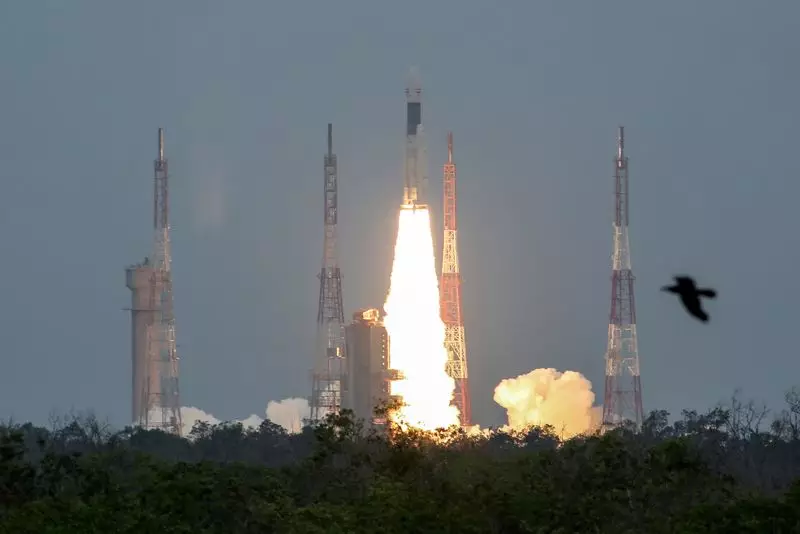In the realm of space exploration, the use of helium has proven to be both a blessing and a curse. From faulty propulsion systems to ground equipment delays, the challenges posed by helium leaks have caused setbacks in various space missions. But why is helium such a crucial component in spacecraft and rocket technology, and what makes it so prone to leaks? Let’s delve deeper into the world of helium in space exploration.
Helium’s inert nature and light atomic weight make it an ideal choice for pressurizing fuel tanks and maintaining cooling systems in rockets. Its non-reactive properties ensure that it can mingle safely with rocket fuels without causing any unwanted reactions. Additionally, its low boiling point allows it to remain in a gaseous state even in extremely cold environments, making it a valuable component for space missions that involve storing fuels in subzero temperatures.
Despite its numerous advantages, helium’s small atomic size and low molecular weight make it prone to escaping through small gaps or seals in storage tanks and fuel systems. This has led to a number of instances where helium leaks have been detected in spacecraft and rocket systems, causing delays and impacting mission outcomes. The need for more innovative valve designs and precise valve-tightening mechanisms has been emphasized by engineers in the industry to combat the frequency of helium leaks.
While some rocket launches have explored alternatives like argon and nitrogen for pressurization purposes, helium remains a dominant choice in the industry due to its effectiveness. However, there have been instances where novel pressurization systems have been implemented to replace helium, with varying degrees of success. The challenges faced by Europe’s Ariane 6 rocket, for example, serve as a reminder of the complexities involved in transitioning away from helium in space missions.
The use of helium in spacecraft and rocket technology presents both advantages and challenges that must be carefully navigated by industry professionals. From its essential role in pressurizing fuel tanks to the persistent issue of helium leaks, the presence of this inert gas continues to shape the landscape of space exploration. As the industry seeks to address these challenges and innovate new solutions, the role of helium in future space missions remains a topic of ongoing importance and scrutiny.

